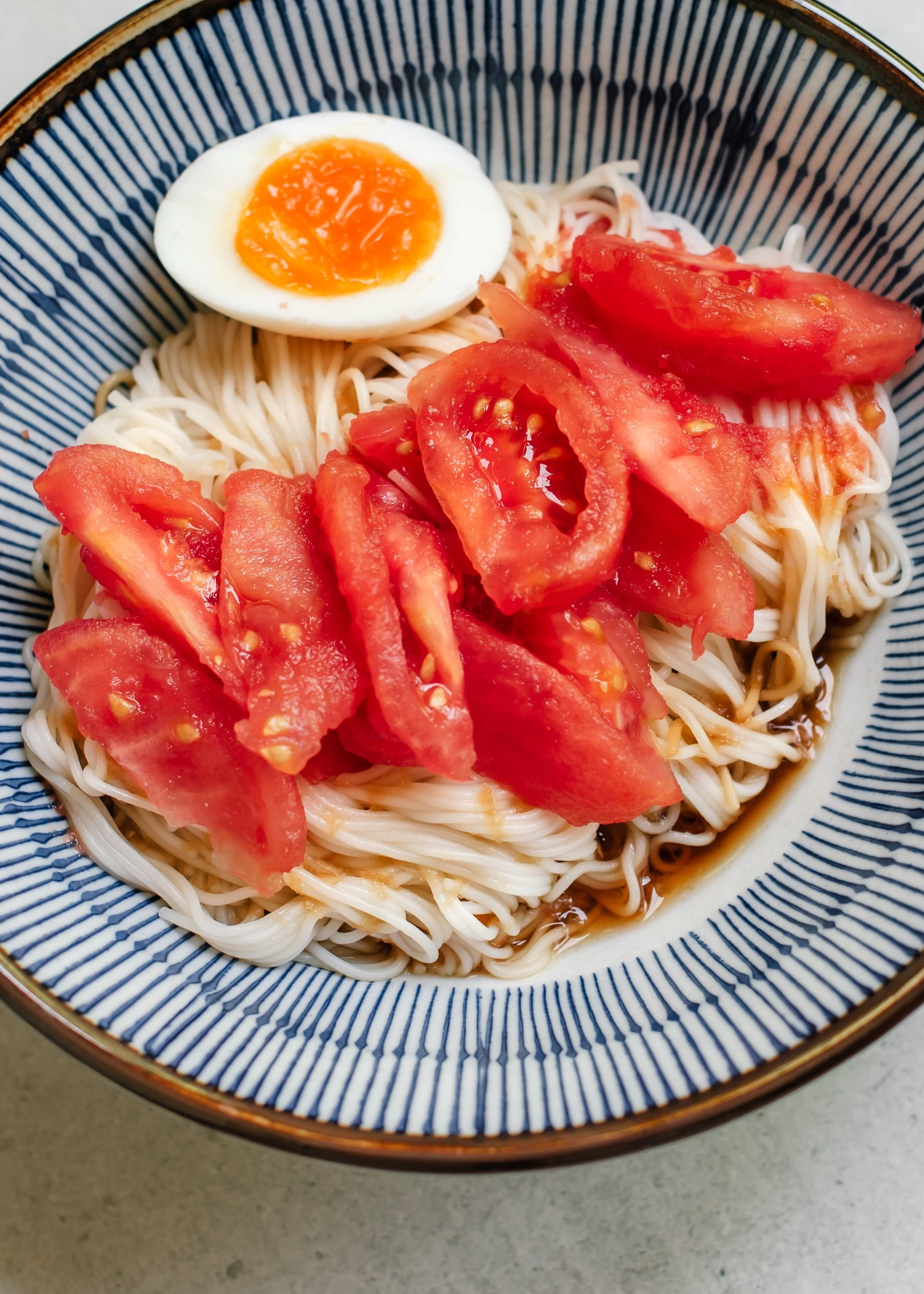Alkalizing Green Juice
This is the best Alkalizing Green Juice! "Alkalizing". What does that have to do with juice? Remember grade school science class when you learned about the pH scale - as in, vinegar is acidic and baking soda is alkaline? As it turns out, our bodies are constantly balancing a pH too and plenty of literature informs us that bodies having a high pH (alkaline) versus a low pH (acidic) function better and are healthier. Unfortunately for many of us, many of the foods we eat are acidic - particularly carnivores because meat is on the acidic side of the scale. Even stuff like coffee and alcohol (aka things I love) are acidic. There is an informative post on the Chalkboard Mag site about this topic if you want to read more.
So with all this said, when we purchased our Omega juicer 5 years ago, my primary focus was to make alkalizing green juice. Over the years, I have landed on a recipe which has become my all-time favorite, which is the one I am sharing with you in this post. My recipe makes quite a bit of juice (about 6 cups) because I like to keep some for later in the day or the following morning too. It is prudent to note that the nutritional value of juice declines as soon as it is juiced so definitely drink plenty of it fresh! See my endnotes below on storing extra juice to maintain as much of the nutrition as possible.
Storing Extra Juice: As aforementioned, your juice is most potent fresh from the juicer so drink as much of it then as you want! For extras, pour into glass container with a tight lid such as a mason jar. Ideally pour the juice right up to the very top so there is no oxygen left once the lid is screwed on - the presence of oxygen degrades the juice. Store in the fridge for 24-48 hours.
Alkalizing Green Juice
Recipe yields about 1.5 Liters (or 6C) in my juicer
INGREDIENTS
1 large bunch of organic Kale (any kind e.g. lacinado aka dinosaur kale, curly kale, red kale)
6-8 stalks of organic celery
3-4 organic english cucumbers
1-2 organic broccoli stems only (save the florets for eating)
3-4 organic granny smith apples
METHOD
1. Wash all product thoroughly and cut them:
For the kale, I like to chop it into smaller pieces and dump it all into a huge bowl (or a clean sink) of cold tap water and a few generous splashes of plain white vinegar to soak for 5 or so minutes before rinsing out thoroughly.
For the celery, trim tips and root end and rinse each stalk thoroughly ensuring all dirt is removed. Rough chop into ~3" pieces. Note: Don't leave the celery stalks whole as the fibers may get caught in the spinning mechanism of the juicer.
For the cucumbers and broccoli stems, trim ends and cut lenthwise into 4 pieces or whatever appropriate size that will fit through your juicer feeder. You can then cut into 2 or 3 shorter pieces just for ease of use.
For the granny smith apples, chop into pieces that will fit into your juicer feeder and dispose just the smallest piece of the core and stem. Pretty much all of the apple can be juiced.
2. Feed all the prepped items into the juicer, alternating among everything as you go. Strain the juice through a fine strainer (a strainer may have been provided with your juicer) if you want to rid the foam - it's a personal preference. If you are doing in batches, it helps to pour / strain everything into a large pitcher and give it a quick stir before serving.









Hi, I’m Sonia
I share recipes inspired by my food cravings and what I make for my family. My role as a working mom of two girls, my life in Toronto Canada and my background as a Chinese immigrant from Hong Kong all inform the things I love, crave and create. This means an emphasis on wholesome recipes that are approachable for busy weeknights and fun recipes to make on weekends and for friends!
homemade food to nourish and indulge …
More about Sonia >